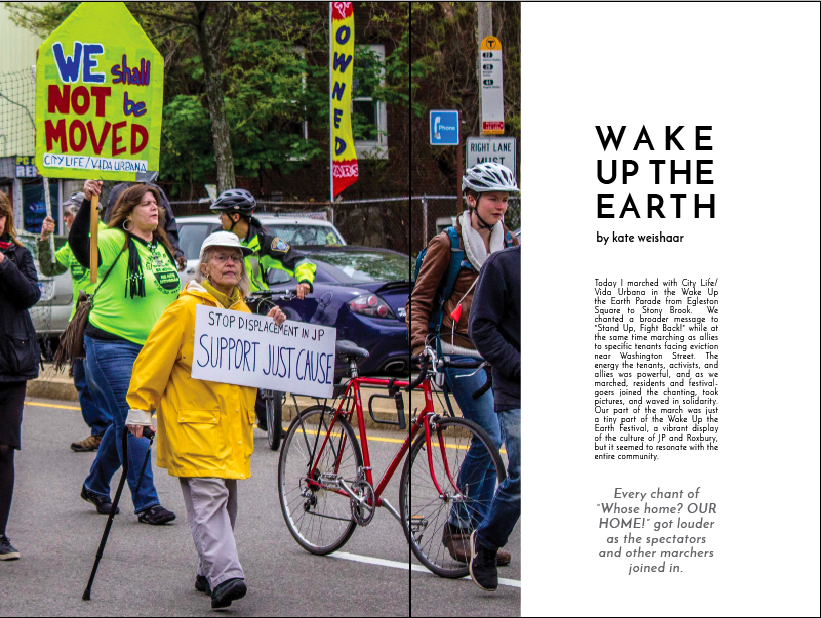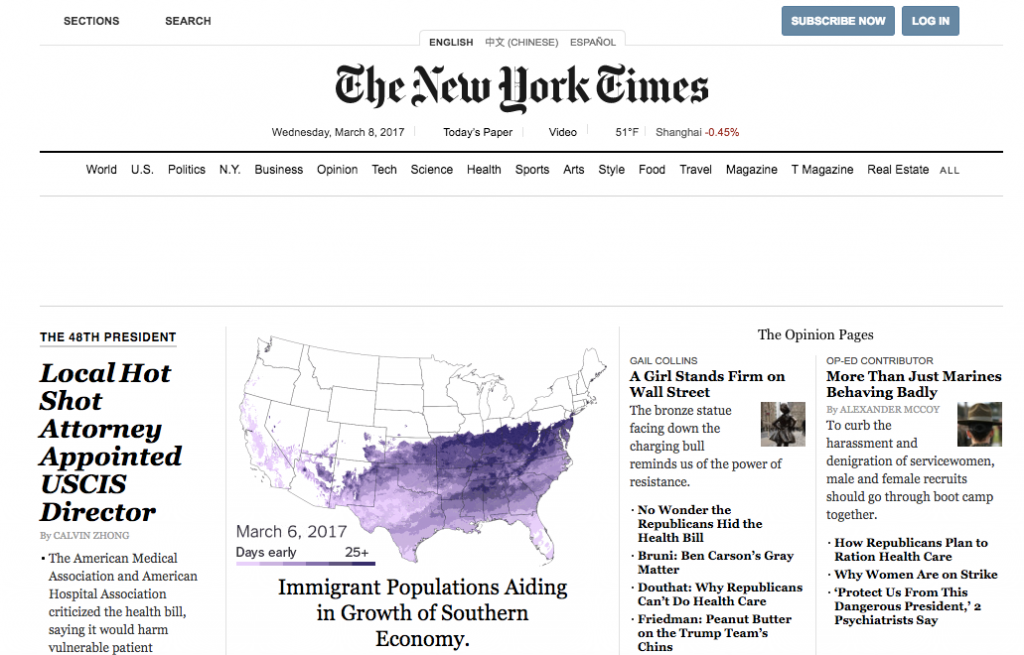Links:

Cover Image from Salvador
We (Calvin + Kate) are Atelier Co. (a semi-tongue-in-cheek reference to our Architecture backgrounds). Our project draws inspiration from the Humans of New York project, a series that shares photos of New Yorkers along with their personal stories in a concise and accessible format. The project began online but has spread to a book form as well. We wanted to use this method of spreading different perspectives to spread ideas that really matter to people in the Boston area.
With this goal in mind, we collected the audio interviews, blog posts, and photos posted by members of this class, and we organized them into folders that could be accessed by our code. We then developed a simple, modern template based on the HONY aesthetic to feature our organized content, focusing on the interviewee’s name and image with the audio and text underneath. Finally, we wrote the code needed to fill the template with our content and create an interactive online book.
We chose to make an online book because it provides an easy way to reach many people very quickly. The book can be accessed during someone’s commute, when they have time to listen to long interviews, or at home when they may just want to flip through the pages and skim the blog posts. Either way, they would find a clean, simple interface that keeps the emphasis on the content. This book could be accessed via a standalone url, which could be linked via Facebook, Twitter, and other types of social media. We could also feature specific pages on social media in a style closer to the original HONY posts.
Our eventual goal with the project was to create a physical book that plays the different interview recordings as the pages are turned. While this is not as easy to access whenever it’s convenient for the user, it would provide an interactive and informative element to physical exhibitions like those proposed by Urbano. Because we have very limited experience designing electrical projects, we decided to stick with a virtual book for now, refining a design that could then be transferred to physical form should we connect with a mechanical or electrical engineering student later on. The physical book would also be more suited to short audio clips instead of the half-hour long interviews most people posted, so it would require more time to edit these as well.
Based on the feedback, we looked into Articulate Storyline as a more efficient way to produce our virtual product. While it looked like the sort of software that could potentially meet our needs, it cost several hundreds of dollars to acquire if we wanted to project to be modifiable beyond the free trial period, so we chose to stick to coding it ourselves. Though our code may not be accessible to people without a working knowledge of Javascript, it provides a good framework that can be adapted by experienced programmers. These adaptations could include things like connecting the site to another website that allows users to easily upload files. Our code is based on a simple numbering system with folders for each file type, so it would be very clean and easy to expand the file collection.
That being said, we have struggled with Javascript and integrating our functionality with our design. For our next steps, we hope to debug the final version to make sure all the buttons work properly and refine the code to adapt to mobile devices. This project has the potential to be a great interface for enjoying podcast-like content, so we hope to improve our design so that it is both beautiful and easy to use on a variety of devices.




